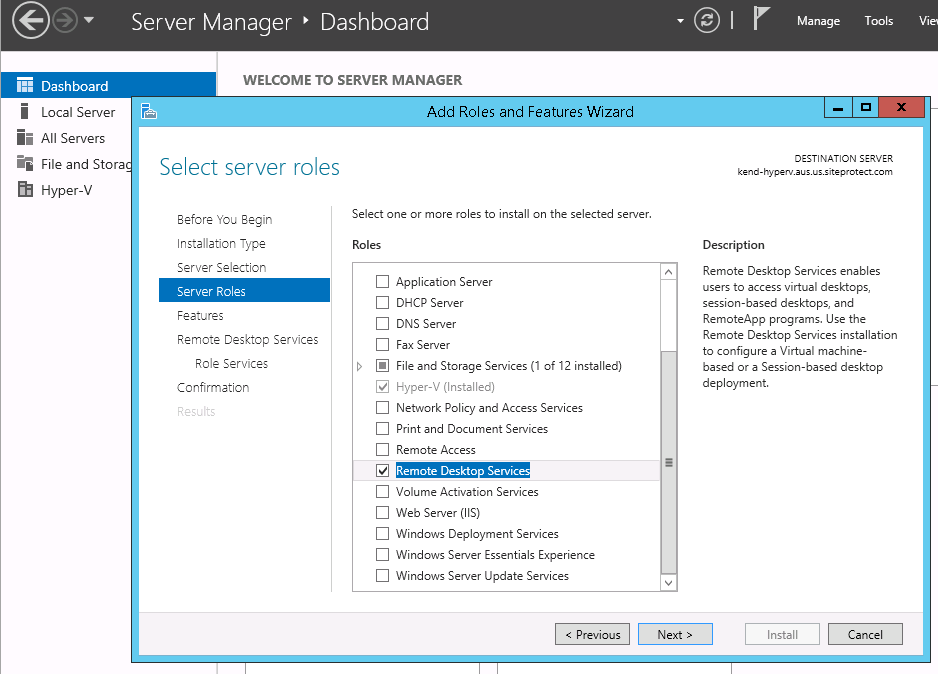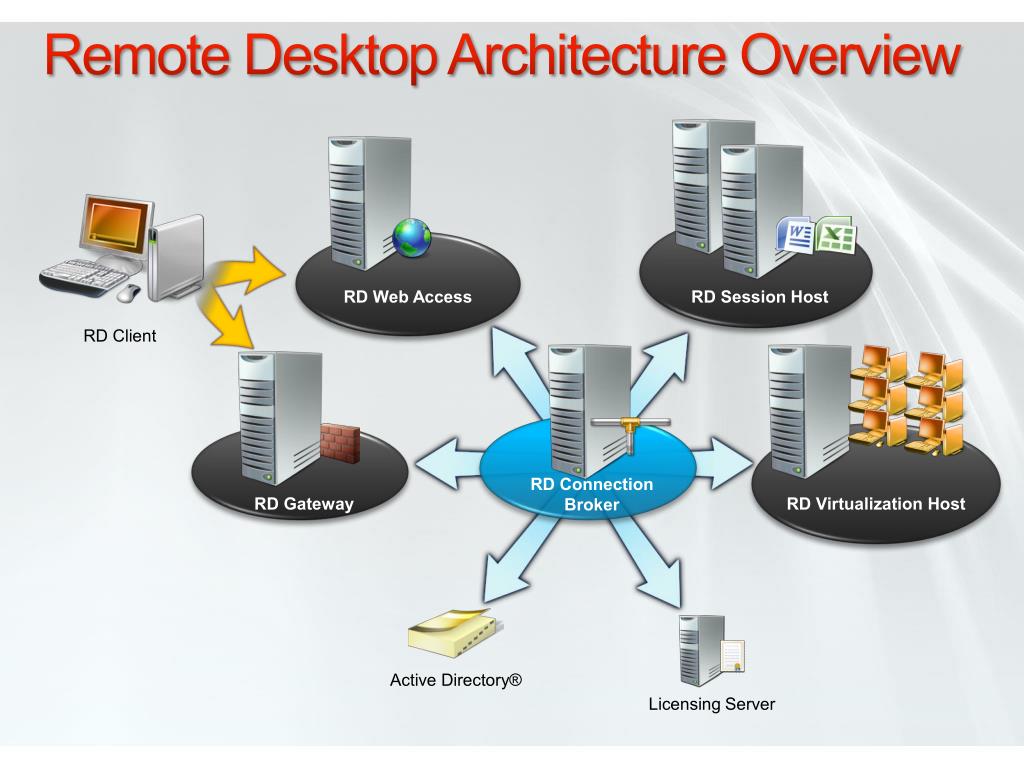

- #Microsoft remote desktop services mac os
- #Microsoft remote desktop services install
- #Microsoft remote desktop services license
Microsoft provides the client software Remote Desktop Connection (formerly called Terminal Services Client), available for most 32-bit versions of Windows, including Windows Mobile, and Apple's Mac OS X, that allows a user to connect to a server running Terminal Services. In the client versions of Windows, Terminal Services supports only one logged in user at a time, whereas in the server operating systems, concurrent remote sessions are allowed. These are Windows NT Terminal Server subsequent Windows server editions, Windows XP Professional, and Windows Vista Business, Enterprise and Ultimate.


However, this is only available in certain Windows editions. The second, Remote Desktop, allows a user to log in to a remote system and access the desktop, applications and data on the system as well as control it remotely. Windows includes two client applications which utilize terminal services: the first, Remote Assistance is available in all versions of Windows XP and successors and allows one user to assist another user. Both the underlying protocol as well as the service was again overhauled for Windows Vista and Windows Server 2008. All versions of Windows XP, except Home edition, also include a Remote Desktop server. It was significantly improved for Windows 2000 and Windows Server 2003. Terminal Services was first introduced in Windows NT 4.0 Terminal Server Edition. Microsoft changed the name from Terminal Services to Remote Desktop Services with the release of Windows Server 2008 R2 in October 2009. This is in contrast to appstreaming systems, like Microsoft Application Virtualization, in which the applications, while still stored on a centralized server, are streamed to the client on-demand and then executed on the client machine. Any input to it is redirected over the network to the server, where all application execution takes place. With terminal services, only the user interface of an application is presented at the client. The client can either be a fully-fledged computer, running any operating system as long as the terminal services protocol is supported, or a barebone machine powerful enough to support the protocol (such as Windows FLP). Terminal Services is Microsoft's implementation of thin-client terminal server computing, where Windows applications, or even the entire desktop of the computer running terminal services, are made accessible to a remote client machine. See also Locate the Microsoft Clearinghouse Telephone Number for Your Country or Region.Remote Desktop Services, formerly known as Terminal Services, is one of the components of Microsoft Windows (both server and client versions) that allows a user to access applications and data on a remote computer over a network, using the Remote Desktop Protocol (RDP). For product support, visit the Microsoft online support website at, or contact your technical support provider.
#Microsoft remote desktop services license
Remote Desktop Licensing customer service center representatives cannot provide technical support for your Remote Desktop license server. Continue through the wizard until presented with the telephone number of the customer service center nearest you.
#Microsoft remote desktop services install
To start the Licensing Wizard, on the Action menu, click Activate Server or Install Licenses. To set your connection method to “Telephone,” on the View menu, click Properties, and then click the Connection Method tab. Open the Remote Desktop Licensing Manager tool. To find the number of a customer service representative: If you are having problems with this website, with activating your license server, or with installing client access licenses, contact a Remote Desktop Licensing customer service representative.


 0 kommentar(er)
0 kommentar(er)
